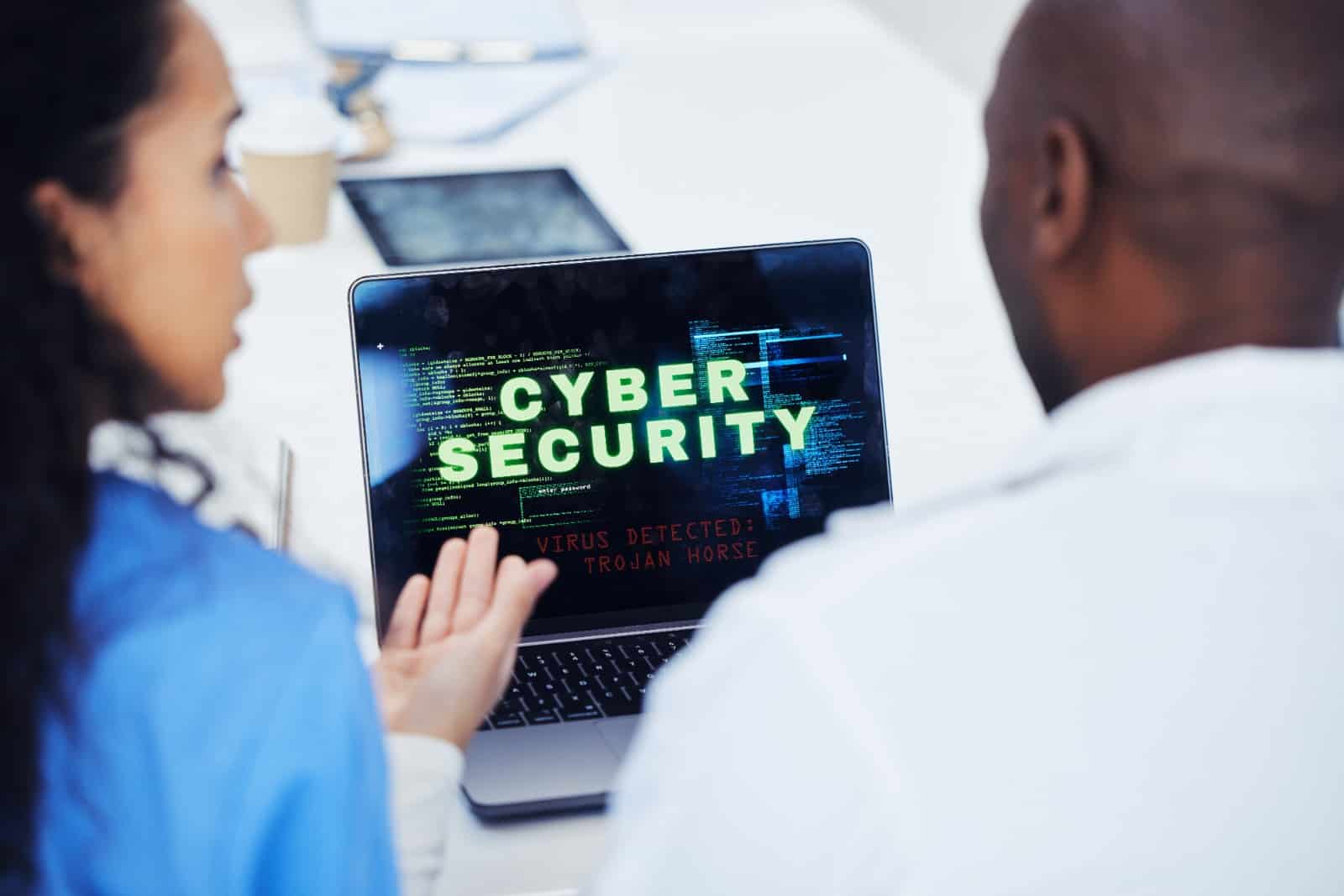In today’s digital learning environment, Cybersecurity has become one of the most important pillars of modern education. Schools, colleges, and universities now store massive amounts of student data — from academic records to financial information — making them a prime target for hackers. The increasing number of online platforms and remote learning tools means that strong Cybersecurity practices are no longer optional; they are essential.
Why Cybersecurity Matters in Education
The education sector is often underestimated when it comes to Cybersecurity, but it holds just as much sensitive information as any corporate organization. A single breach can expose personal details, exam results, or even parents’ financial records. Protecting these systems not only safeguards students but also maintains the trust that families place in educational institutions.
Educational institutions must prioritize it because most breaches occur through simple negligence — weak passwords, unprotected Wi-Fi networks, or outdated software. Teachers, students, and administrative staff need to understand that Cybersecurity is everyone’s responsibility.
Common Cyber Threats in the Education Sector
Schools are facing cyber threats that were once limited to large enterprises. The most common ones include:
- Phishing Attacks: Fraudulent emails that trick teachers or students into sharing login credentials.
- Ransomware: Hackers lock school systems and demand payment to restore access.
- Data Breaches: Unauthorized access to student databases containing grades and personal information.
With proper Cybersecurity awareness and the right technical defenses, most of these threats can be mitigated before any damage is done.
Steps Schools Can Take to Strengthen Cybersecurity
To effectively protect student data, institutions should:
- Use strong password policies – Encourage unique, complex passwords for all systems.
- Implement multi-factor authentication (MFA) – Adds an extra layer of protection against stolen passwords.
- Regularly update systems – Patching vulnerabilities keeps attackers from exploiting outdated software.
- Educate staff and students – Continuous training on Cyber security best practices helps prevent human errors.
- Backup critical data – Ensure regular backups to recover quickly in case of an attack.
By making Cybersecurity training part of the school’s culture, institutions can turn their weakest link — human error — into their first line of defense.
The Role of IT Departments in Safeguarding Student Data
A dedicated IT department plays a vital role in maintaining Cyber security standards. They must monitor network traffic, detect suspicious activities, and enforce security protocols across all digital platforms. Regular audits and vulnerability assessments help identify risks before they escalate.
Educational leaders should also collaborate with Cybersecurity experts to develop policies that protect students’ privacy while supporting digital learning.
Conclusion
As education continues to evolve in the digital age, Cybersecurity must remain at the forefront of every institution’s priorities. Schools that invest in secure systems and awareness training not only protect their data but also create a safer learning environment for everyone.
This article is brought to you by CyberGuardians — a trusted partner providing professional Cybersecurity solutions and employee training for educational institutions and small businesses alike.


No Comments